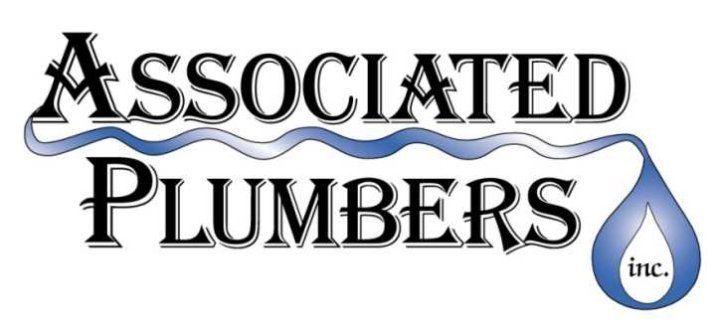Backflow Services
-
What's Backflow All About
You know how clean (or potable) water gets to your homes or businesses right? It smoothly flows under pressure through the city's water lines. But what if I told you sometimes the direction changes? Uh oh! 🙈
This is what we call Backflow. It's when the water decides to change lanes and moves backward - basically, clean water lines starting to carry dirty water. Imagine your clean water lines getting a mix of mud, fertilizers, pesticides, chemicals, and maybe even waste. Not a pleasant thought, right? 🙀
Aside from the fact that it sounds super gross, backflow also poses serious health concerns. It's doubly dangerous cause it occurs at cross-connections between the clean (potable) and not-so-clean (non-potable) water in any residential, commercial or industrial plumbing systems.
So, let's spread the word and combat Backflow together! 💪🚱
-
Preventing Backflow
Most frequently, a backflow prevention apparatus is constituted by a duo of mechanical check valves.
These check valves function to stop contaminated water from seeping back into the clean water supply during sudden or significant alterations in water pressure.
With correct installation and regular upkeep, a backflow prevention device plays a crucial role in maintaining the purity of drinking water and preventing the infusion of contaminants.
-
Do I Have To Have My Backflow Test Annually?
As per the mandate prescribed by state law, an annual testing of the backflow preventer is mandatory. This act guarantees that it is functioning appropriately, thereby preventing any potential contaminants from gaining entry into your potable water supply.
It is ensured that all water traversing through the backflow preventer is confined to its appropriate location, thereby negating the chance of it reentering the domestic pipeline and causing contamination.
-
Hey there! Have you ever wondered, "What triggers the process of backflow?"
If a water main ruptures for any given reason, it could result in a decrease in water pressure within your supply system. Consequently, this might result in backflow in your plumbing system.
Should there be an unexpected power outage in your area as a result of extraordinary circumstances, it could potentially lead to a decrease in your water supply's pressure, thus causing a backflow.
Certain plumbing fixes mandate a temporary reduction in water supply throughout the entire house or establishment. This brief fluctuation in pressure could lead to a short-term reverse flow in your plumbing framework.
Backflow can also occur if there's a significant water demand in your community, such as during an emergency where firefighters use a large portion of the water supply to put out a fire. If you have a backflow prevention system installed in your home's plumbing, you would be safeguarded from the impacts of such situations.
In the event that any water-utilizing home equipment generates pressure surpassing that present in water distribution lines, it has the potential to instigate a reverse flow, or 'backflow' in your plumbing system.
-
Sites Of Backflow
Backflow is a possibility anywhere there isn't a backflow preventer in place. Yet, a common source of backflow is your garden hose, a multipurpose tool for tasks like lawn watering, car washing, and drain line and rain downspout cleaning. However, if it dispenses insecticides, there can be a significant risk of backflow, which could have serious ramifications. Therefore, it's crucial to integrate backflow prevention methods in your plumbing system.
As a homeowner, if you detect issues related to backflow or absence of an anti-siphon mechanism on your toilet's flush valve, you may be subjected to unpleasant smells and vapors. Ignoring this issue for an extended period could contaminate your residential clean water supply, thereby exacerbating the issue.
Also, don't forget to consider any small swimming pools in your backyard. Generally, these pools are linked to your house's water supply. If there's a drop in pressure in your water distribution system, it could potentially allow polluted water to flow back into your water supply. This highlights the essential need for correct backflow prevention.
